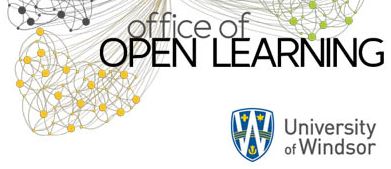
Document Type
Conference Proceeding
Publication Date
3-2011
Publication Title
Proceedings of the 1st International Conference on Learning Analytics and Knowledge
First Page
93
Abstract
The focus of this paper is to delineate and discuss design considerations for supporting teachers' dynamic diagnostic decision-making in classrooms of the 21st century. Based on the Next Generation Teaching Education and Learning for Life (NEXT-TELL) European Commission integrated project, we envision classrooms of the 21st century to (a) incorporate 1:1 computing, (b) provide computational as well as methodological support for teachers to design, deploy and assess learning activities and (c) immerse students in rich, personalized and varied learning activities in information ecologies resulting in high-performance, high-density, high-bandwidth, and data-rich classrooms. In contrast to existing research in educational data mining and learning analytics, our vision is to employ visual analytics techniques and tools to support teachers dynamic diagnostic pedagogical decision-making in real-time and in actual classrooms. The primary benefits of our vision is that learning analytics becomes an integral part of the teaching profession so that teachers can provide timely, meaningful, and actionable formative assessments to on-going learning activities in-situ. Integrating emerging developments in visual analytics and the established methodological approach of design-based research (DBR) in the learning sciences, we introduce a new method called "Teaching Analytics" and explore a triadic model of teaching analytics (TMTA). TMTA adapts and extends the Pair Analytics method in visual analytics which in turn was inspired by the pair programming model of the extreme programming paradigm. Our preliminary vision of TMTA consists of a collocated collaborative triad of a Teaching Expert (TE), a Visual Analytics Expert (VAE), and a Design-Based Research Expert (DBRE) analyzing, interpreting and acting upon real-time data being generated by students' learning activities by using a range of visual analytics tools. We propose an implementation of TMTA using open learner models (OLM) and conclude with an outline of future work.
Last Page
98
Included in
Curriculum and Instruction Commons, Higher Education Commons, Online and Distance Education Commons

Comments
Available at ACM Digital Library via
http://dl.acm.org/citation.cfm?id=2090129